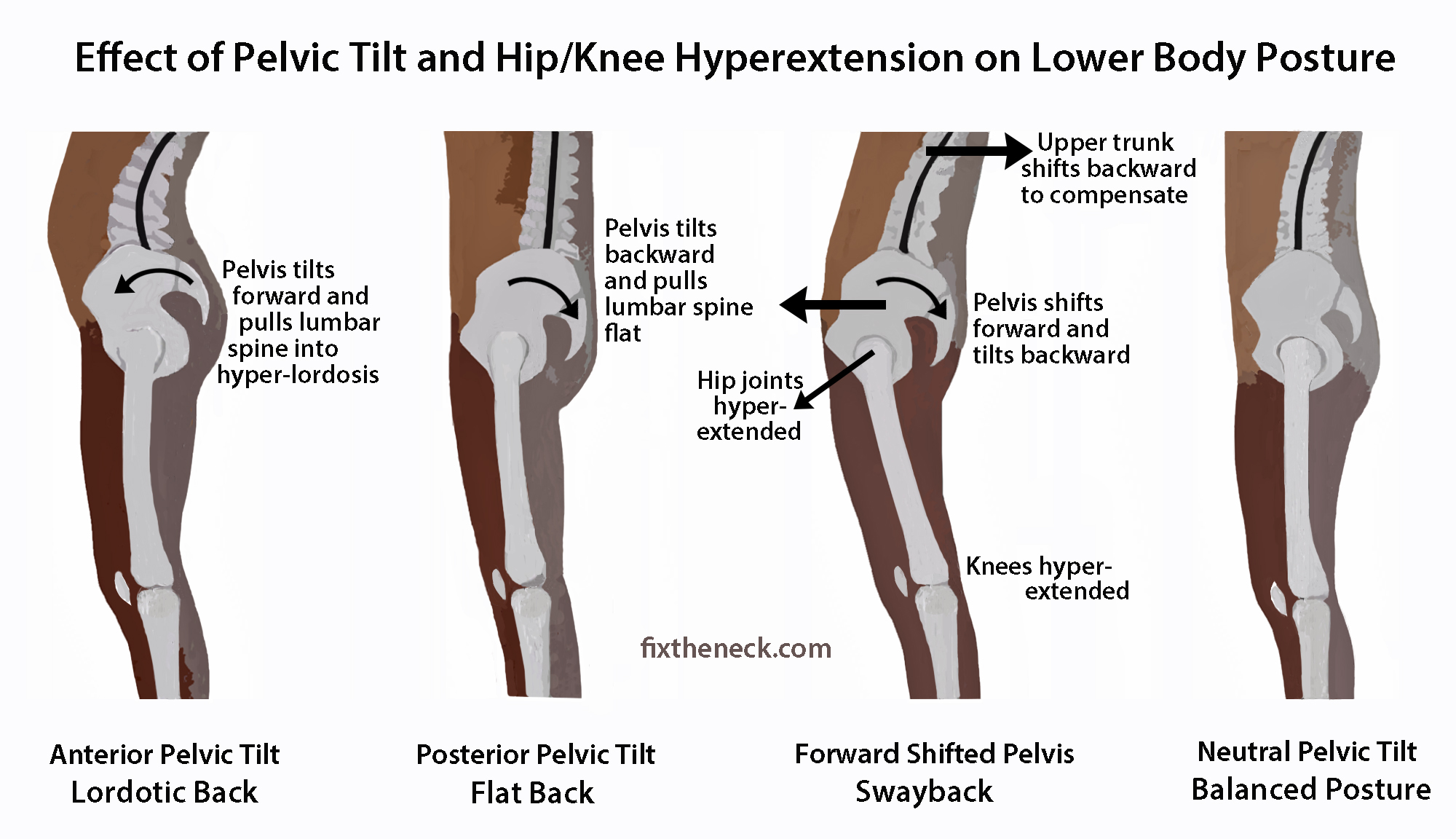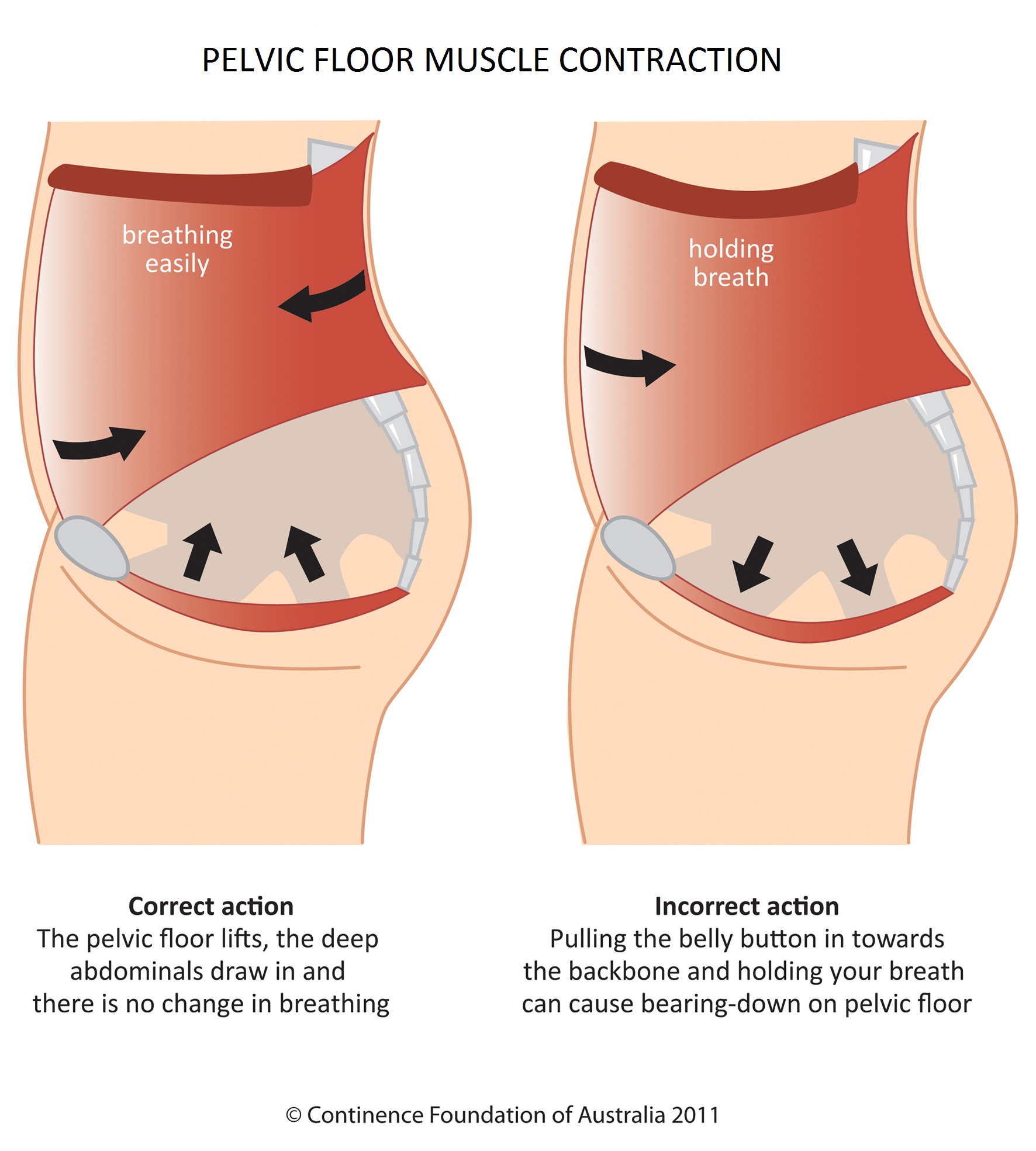Search for archived blog posts!
In flight to Paleo f(x) in Austin, watching Three Billboards Outside Ebbing, Missouri.
Did I tell you guys that I met Sam Rockwell last year in the Atlanta airport on my way home from RKC?
Gosh, could that dude be any cooler!
I didn't know he was making this movie, but I wish to God that I had, because I would have pumped him for as much info as I could.
My hubs and I are big Martin McDonough fans and loved In Bruges and Seven Psychopaths.
Anyways, watching a film in peace is NOT something that happens to me often.
The turbulence of the plane's got NOTHING on three boys under 8...so my brain was EASILY able to watch the movie and think about my time in Austin.
I'm sitting there thinking about the Paleo f(x) presentations I want to catch, the new food products I'm going to try, the people I’m looking forward to visiting and suddenly realizing there needs to be more talk at this conference about the primal pelvic floor.
In the Paleo world, you hear about primal foods, primal movement, primal cooking, foraging, love-making…but what about the primal pelvic floor?
Ok, so maybe nobody really cares about that right now, but hopefully by the end of this article, YOU will care and you will want to embark on a hunt to discover yours.
Why?
Because a healthy pelvis is going to help you move better, experience less pain, have less anxiety about leakage or bathroom habits or even sexual performance.
It’s going to make you stronger, fitter, and more confident.
Really, WHO WOULDN’T WANT A PRIMAL PELVIC FLOOR?
So let's do this!
To kick it off, let’s define the word “primal” , because to so many of us it’s synonymous with “cave-man”, “wild”, ‘animal-like” or “paleo”, but the word “primal” ACTUALLY means essential; fundamental.
If something is primal then it’s necessary, of central importance.
Well if that doesn’t describe the pelvic floor, then I don’t know what does?!
The pelvic floor (PF) is a group of muscles, ligaments and fascia that form this basket of support at the bottom of your trunk/core. It provides structural integrity to the body.
If you think of the body as a canister that contains most of your essential organs with appendages and a head attached, the pelvic floor is the bottom of that canister, the foundation of your body. (What about the feet? Well if you know anything about structural design, and I know VERY little, in this analogy the feet would be the “footers”. Appropriate, right?).
We all know what happens when the foundation of ANYTHING is compromised….it caves, implodes, loses structural integrity, quality, longevity, value, strength and function.
One of the most fundamental requirements for a strong, optimally functioning body is a healthy base, therefore a healthy pelvic floor is by definition, primal.
But how do we get one, or maybe the question is really, why don’t we all have one already?
In a word, modernity.
To get an optimally conditioned pelvic floor, we have to fight back against modern (no-) movement culture and sedentary tendencies.
We have to resist the urge to solely think of the body in terms of “fat” or “lean”, “healthy” or “unhealthy” and adopt a systems-thinking approach that allows us to see the body and all it’s parts as systems that need to be functioning fairly well AND most importantly, as a team.
Because pelvic floor problems are becoming more of a problem for all people and it’s a problem of systems that don’t coordinate well and these out of sync systems compromise the quality of the larger system, the body.
We see 74% of moms of all ages experiencing some degree of pelvic floor dysfunction (leakage, pelvic/hip/low back/ pain, pain during intercourse, chronic constipation, and pelvic organ prolapse), BUT we also see non-parous women and men struggling with pelvic floor issues as well.
And EVEN if they aren’t displaying symptoms of dysfunction YET, all you have to do is sit in an airport for an hour and watch people’s pelvis (like a creep) and you can see that we have a MAJOR problem on our hands.
Manchester-Bedford Musculoskeletal
People are living their lives postures that is weakening their entire body, including the pelvic floor and THIS is causing them chronic pain and setting so many on the path to surgery.
Many of these folks with tilted pelvises, flared ribs, compromised shoulder joints, compressed spines, jacked up hips, bad knees and tight hamstrings are trying to or wanting to hit the gym and get healthy, not realizing that building muscle and adding load to these structurally unsafe bodies is akin to trying to add another floor to the Leaning Tower of Pisa.
Not. Kablamo.
And so naturally they quit exercise and movement (if they can ever even start in the first place) and life a life of inactivity.
They start saying things like, “I have a bad back.” “I can’t lift heavy things” and “I need to do more yoga.”
Their lack of movement increases their body’s stress and negatively impacts mood and health.
They gain weight.
Why?
Because their body isn’t working in the way that it should, in the way that it used to before sitting and lack of movement taught their body poor movement patterns.
Because their pelvis is in poor condition.
Because they don’t have a Primal Pelvic Floor!!!
Ok so just to summarize what we’ve covered thus far.
A well-positioned pelvis makes for a functioning pelvic floor is, which is essential for a healthy body
A chronically tilted pelvis is going to negatively impact movement and quality of life, and will eventually cause injury.
Modern sedentary culture has us unfamiliar with movement and therefore in bad alignment that leads muscle imbalances and a life of chronic pain
So what to do?? How do we discover our primal pelvises and pelvic floors?
We can begin to do so in three easy steps!
***Just a quick disclaimer here that IF you already have pelvic floor dysfunction, you are probably going to need more individualized programming and cues than what is listed here.
This list is for people that have little to-no pelvic floor dysfunction symptoms, currently.
Step 1. Retrain the breath.
As you can see in the photo above, the core of the body is a canister with the top being the diaphragm and the bottom the pelvic floor.
When you inhale, the diaphragm lowers, the rib cage expands and the pelvic floor RELAXES downward. When you exhale, the diaphragm rises, the rib cages deflates and the pelvic floor contracts (lifts).
It’s a subtle sensation, but for many of us, we don’t even know that our breath, core and pelvic floor should all coordinate, much less HOW TO DO IT!
How did we get here? That’s a whole other long story, but lack of regular movement or too much strictly cardio (heavy breathing) and belly sucking (you know, when you suck in your tummy to make it look less squishy) can train us to be shallow chest-breathers that never get a full breath and therefore never active our pelvic floors.
These habits can cause some people to adopt a reverse pattern where they inhale and tighten their pelvic floor OR the position of the pelvis causes the pelvic floor to remain chronically tight no matter the breath. If you have tailbone, hip pain, trouble eliminating waste, pain during sex, premature ejaculation, or pelvic pain in general, then this might be yoU!
********Your homework!!
Begin to notice your own breathing pattern and start to practice deeper inhales and exhales WITH pelvic floor coordination.
See if you can feel it?
Here is a video to guide you!
Sarah Smith is a trainer, and postnatal fitness specialist and pelvic floor and gut health advocate based in Raleigh, North Carolina.
She specializes in helping women online and in-person feel strong, confident and capable in their bodies!
Her specialties include kettlebells, gut and pelvic floor health optimization , mobility and movement and making fitness fun!
She's also a mom to three boys and one English Bulldog.
Check her out on social media here or get on her email list!! for more free content!















